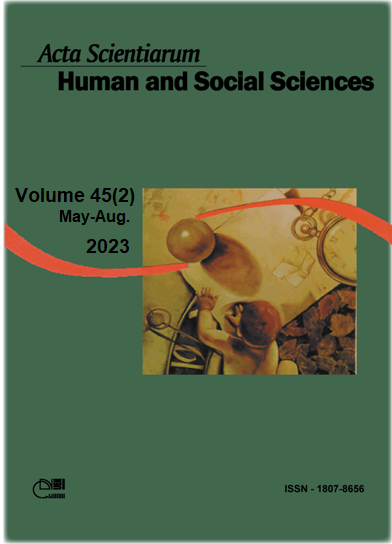Comparative analysis of the application of a mobile phone dependency scale in rural communities
Abstract
The use of the internet transcends the urban sphere, with public and private investments bringing connectivity to small rural communities. Although access is generally limited to domestic Wi-Fi connection, the cell phone has become the main means of access for rural residents. This has created opportunities for digital inclusion, especially during the Covid-19 pandemic, when internet use has become essential for work, school, and leisure. However, along with these benefits, challenges arise, such as compulsive use of mobile devices that can affect the physical and mental health of the population. This study analyzed the level of cell phone dependency in 22 residents of two rural communities in the interior of Bahia, using a scale validated by King et al. (2019). The results showed a prevalence of mild and moderate levels of dependence among participants. This suggests that daily access limitation can be a protective element against excessive use. Additionally, this study highlights the need to develop and validate specific analysis tools for the rural context, in order to better understand the phenomenon of digital dependence in these communities.
Downloads
DECLARATION OF ORIGINALITY AND COPYRIGHTS
I Declare that current article is original and has not been submitted for publication, in part or in whole, to any other national or international journal.
The copyrights belong exclusively to the authors. Published content is licensed under Creative Commons Attribution 4.0 (CC BY 4.0) guidelines, which allows sharing (copy and distribution of the material in any medium or format) and adaptation (remix, transform, and build upon the material) for any purpose, even commercially, under the terms of attribution.
Read this link for further information on how to use CC BY 4.0 properly.























